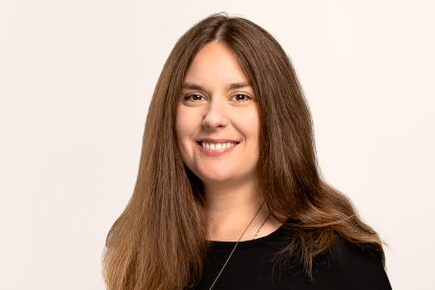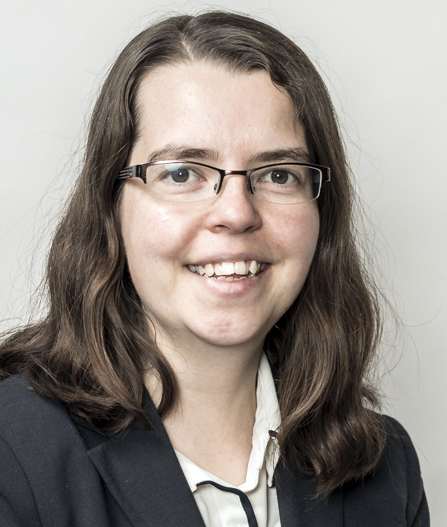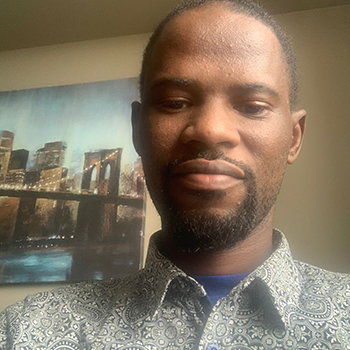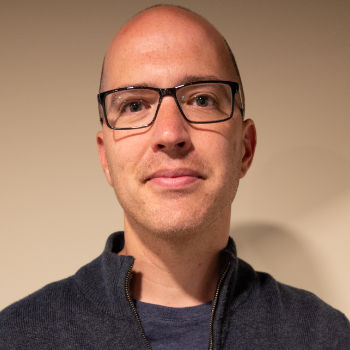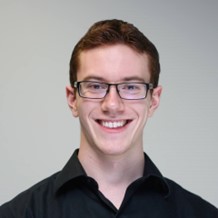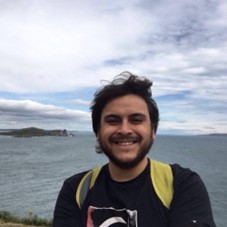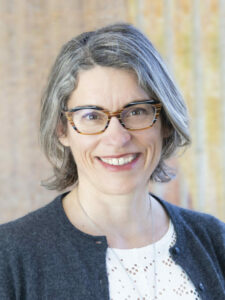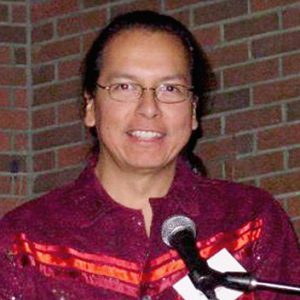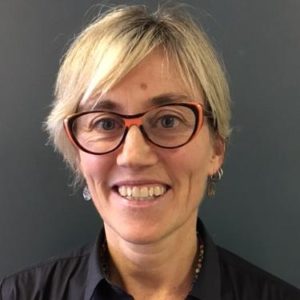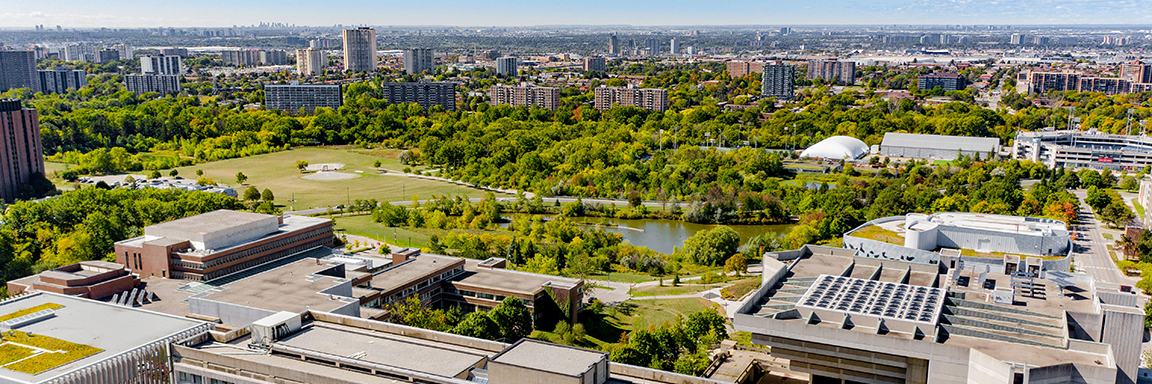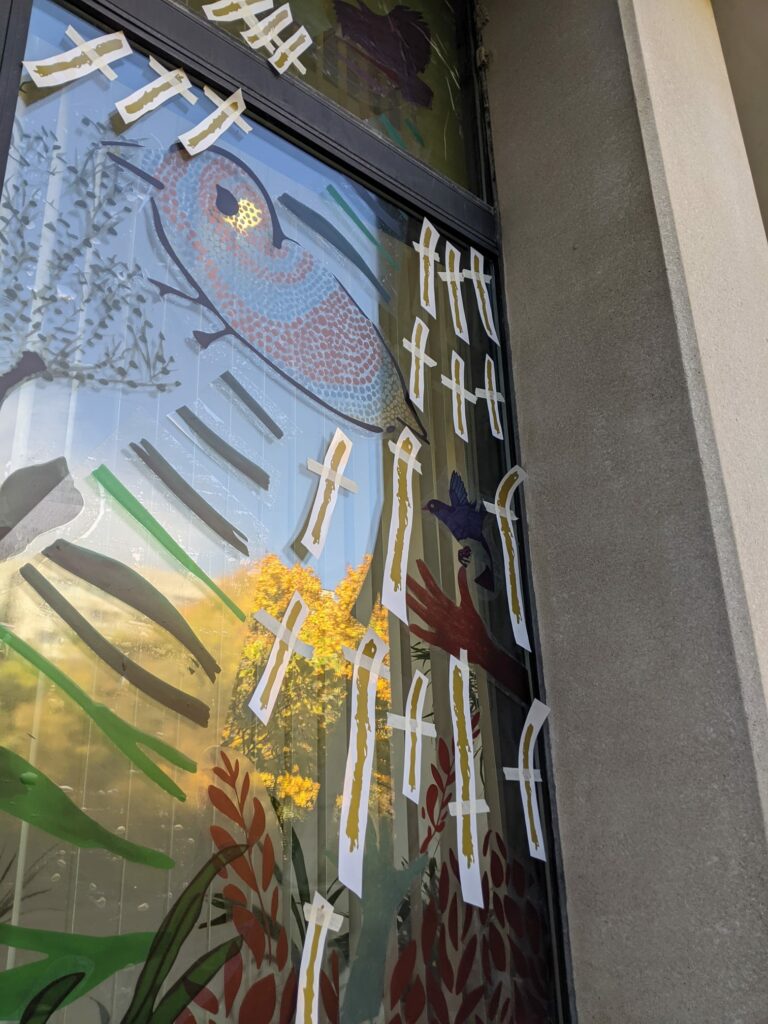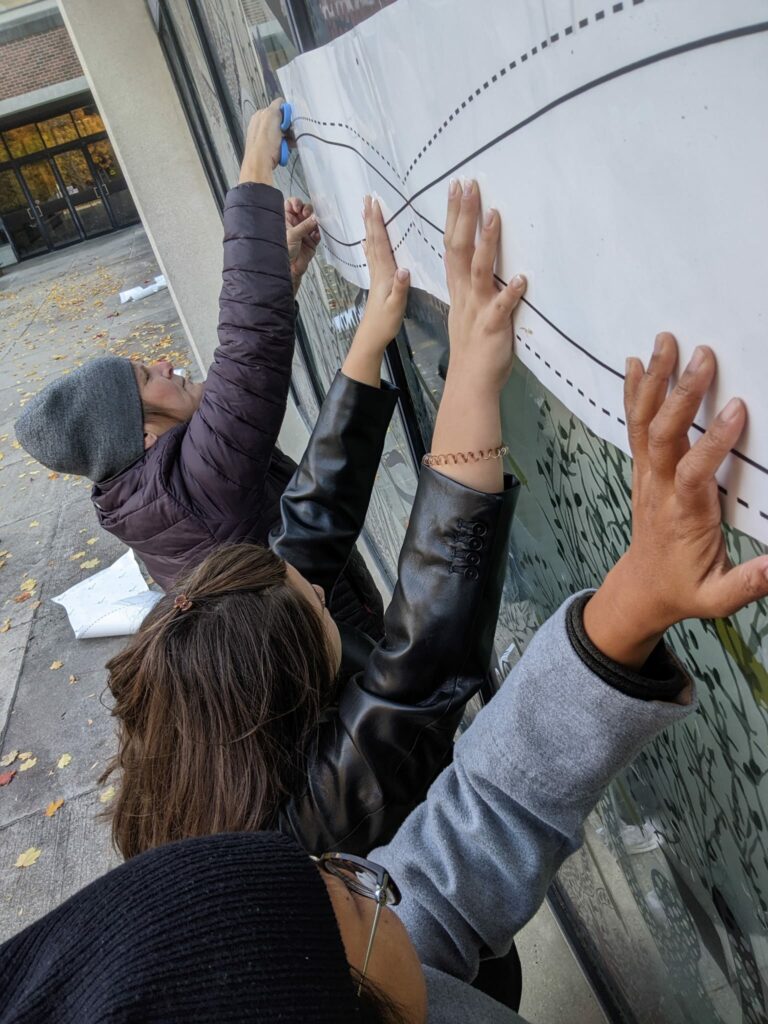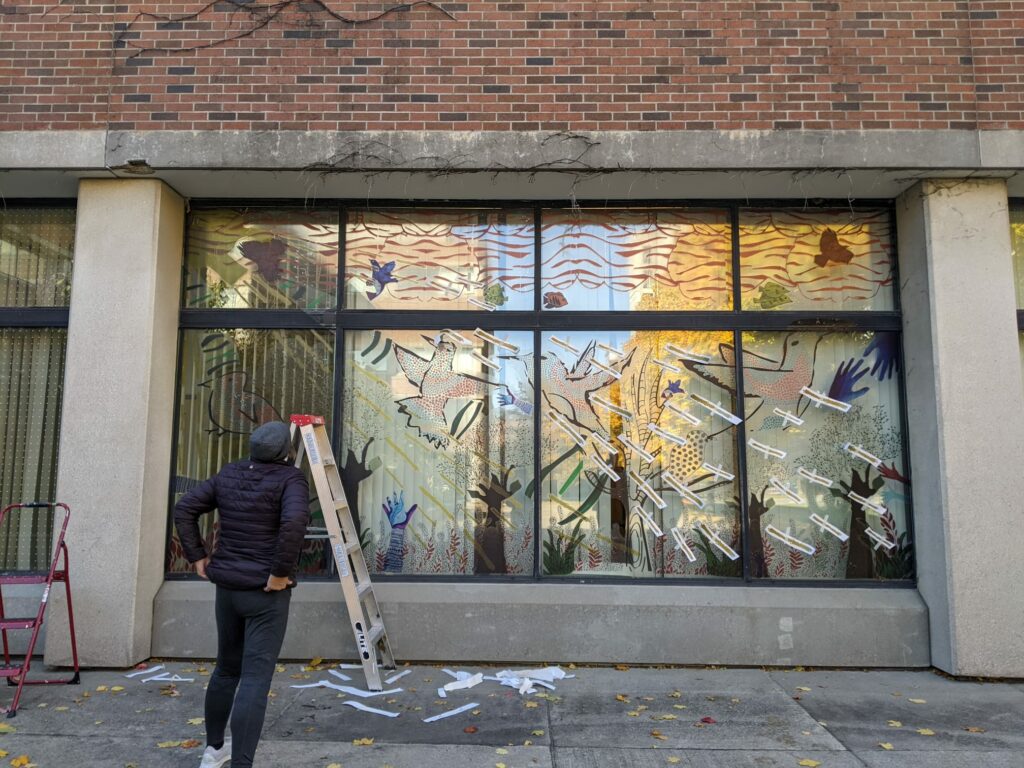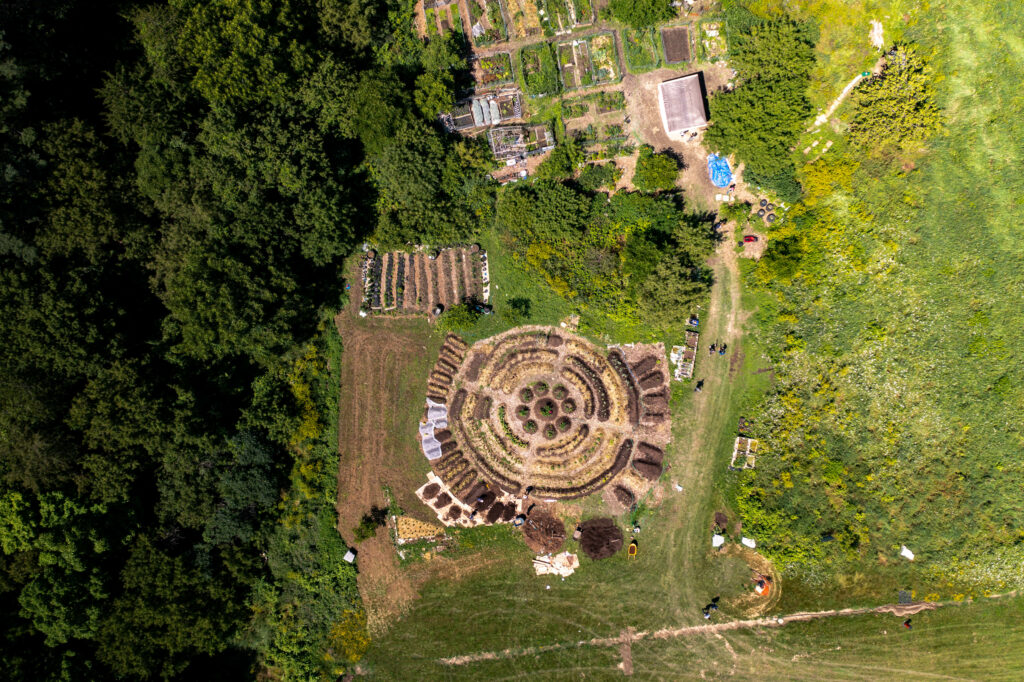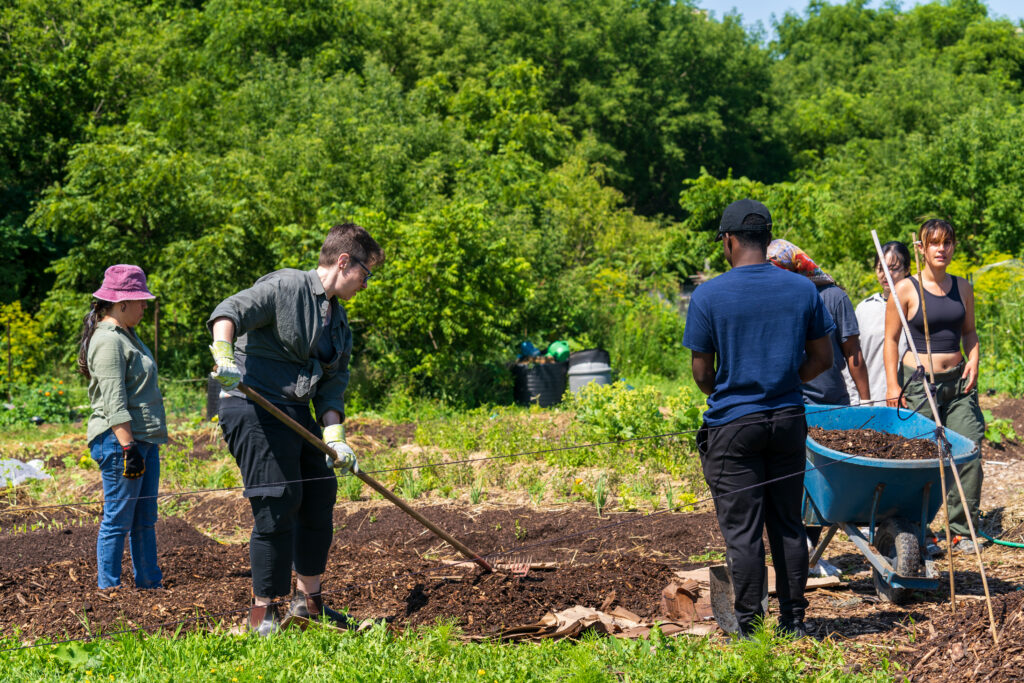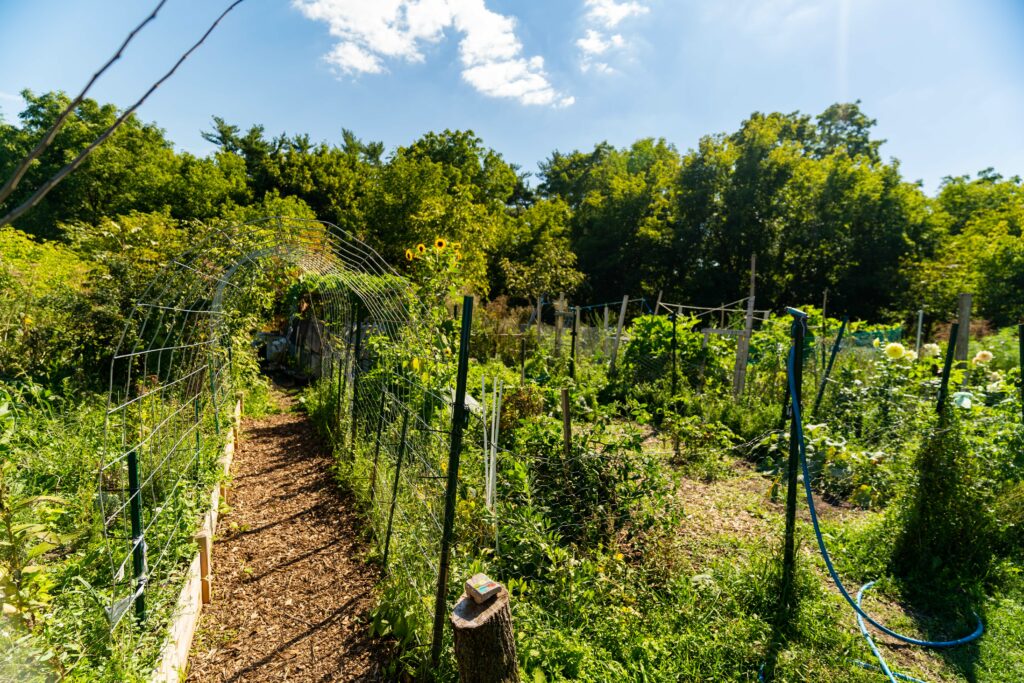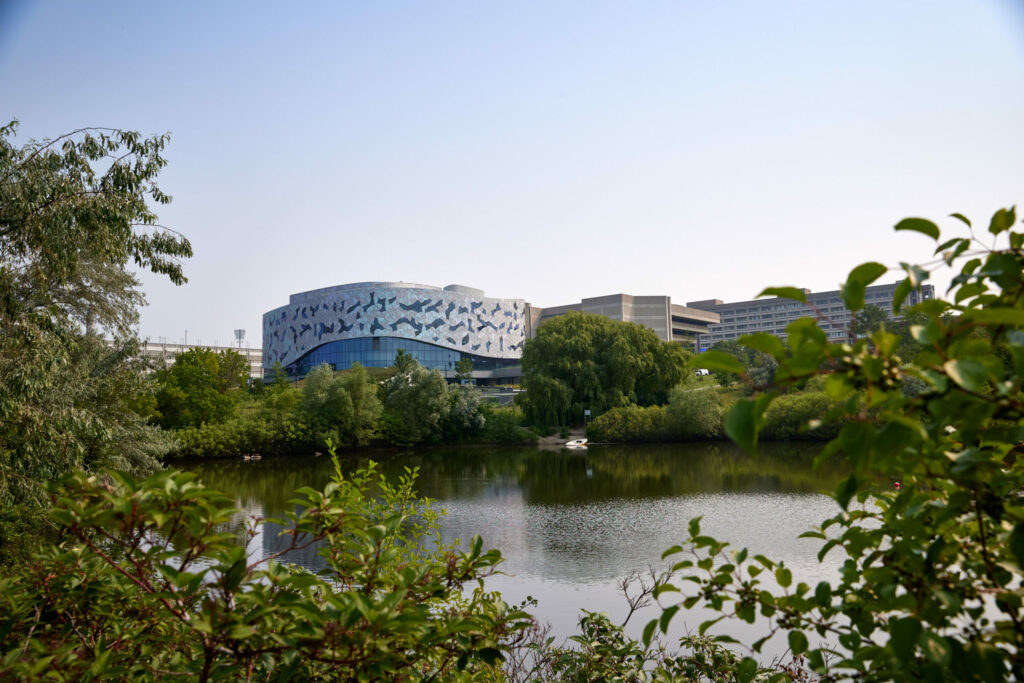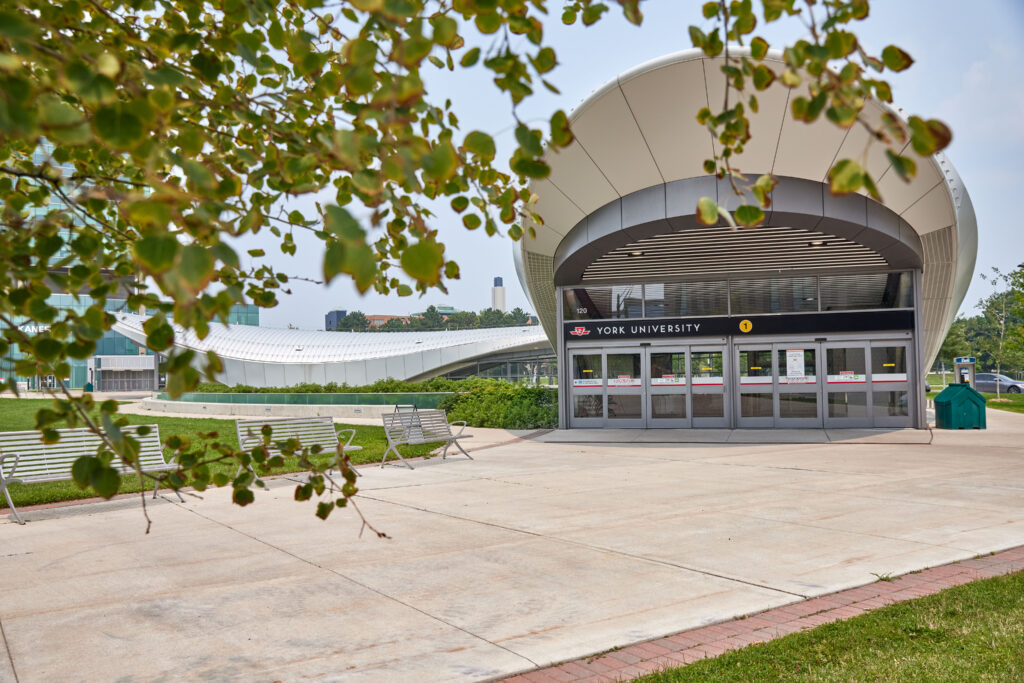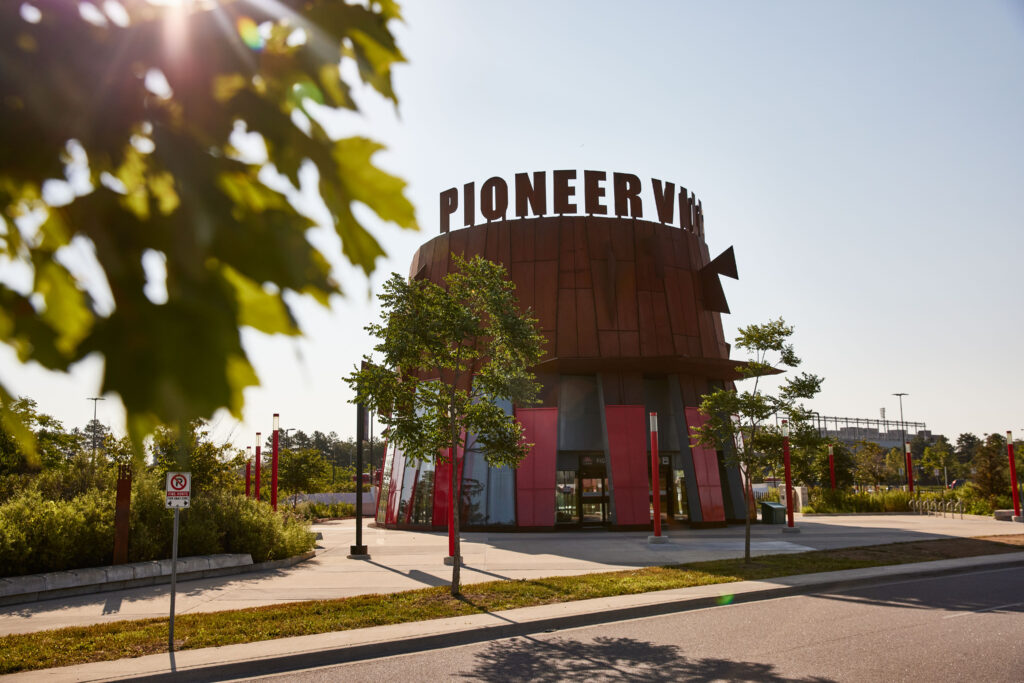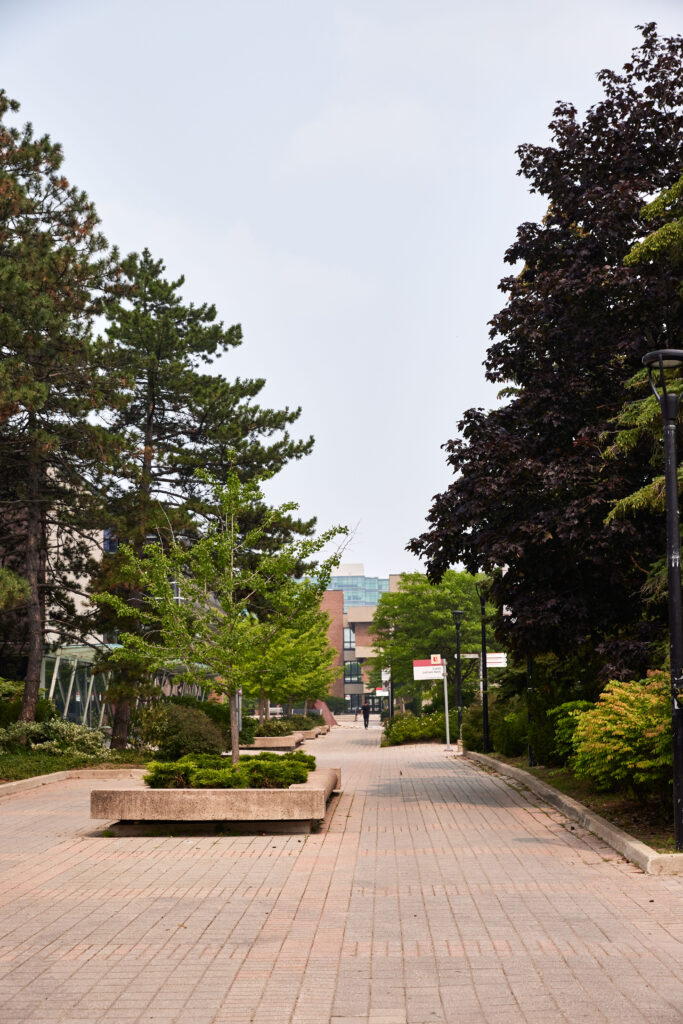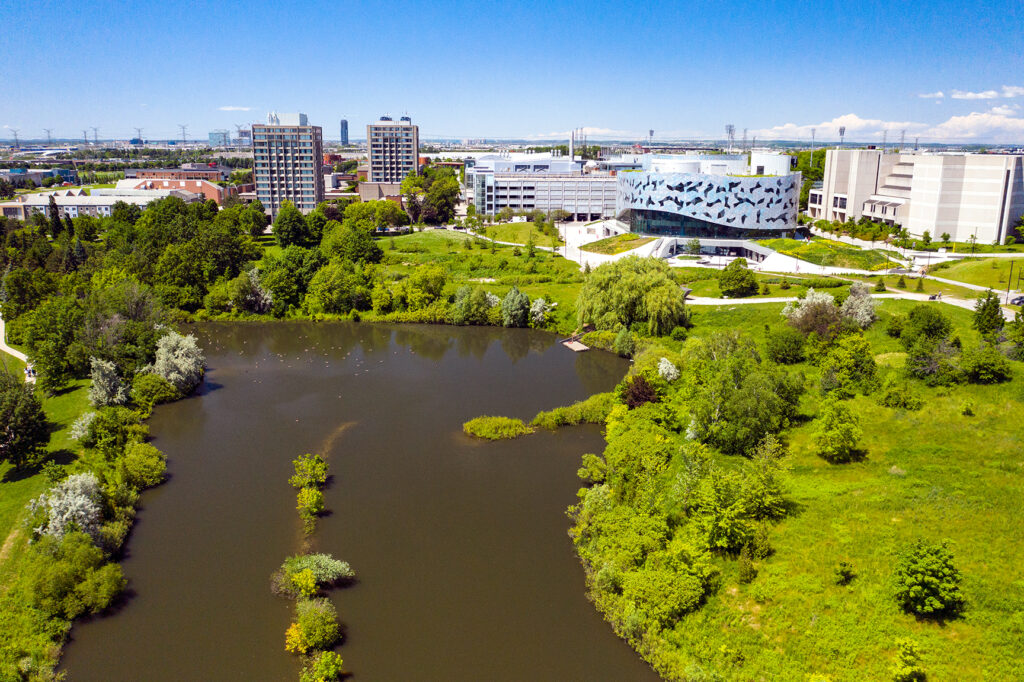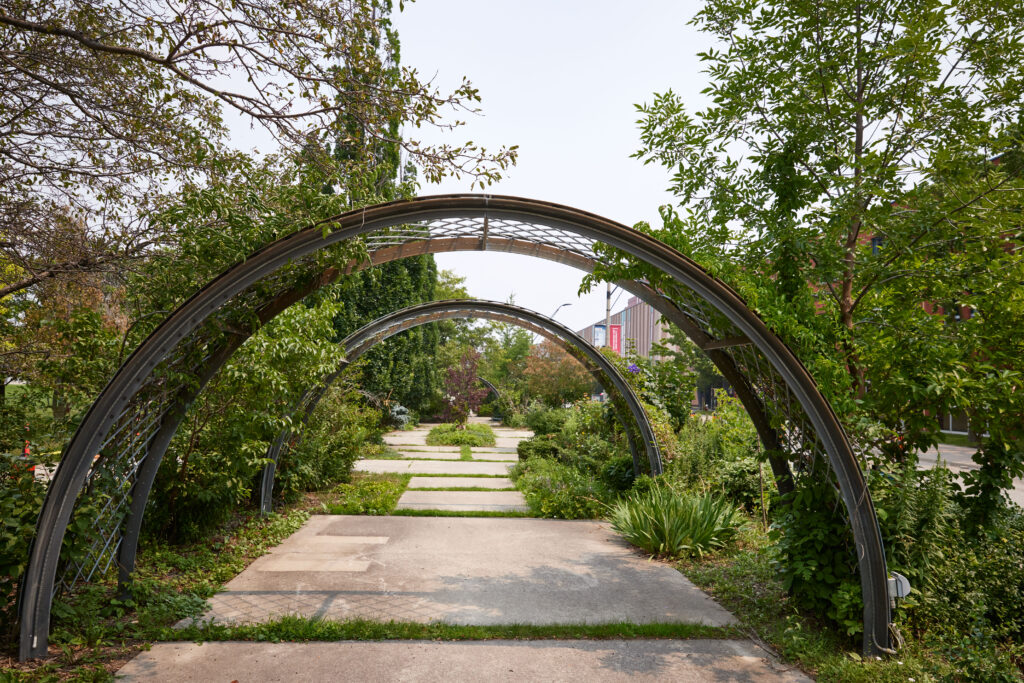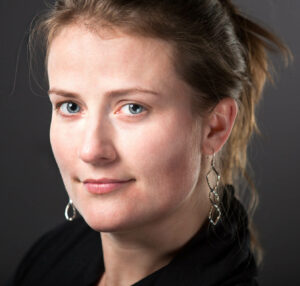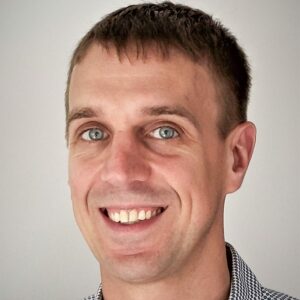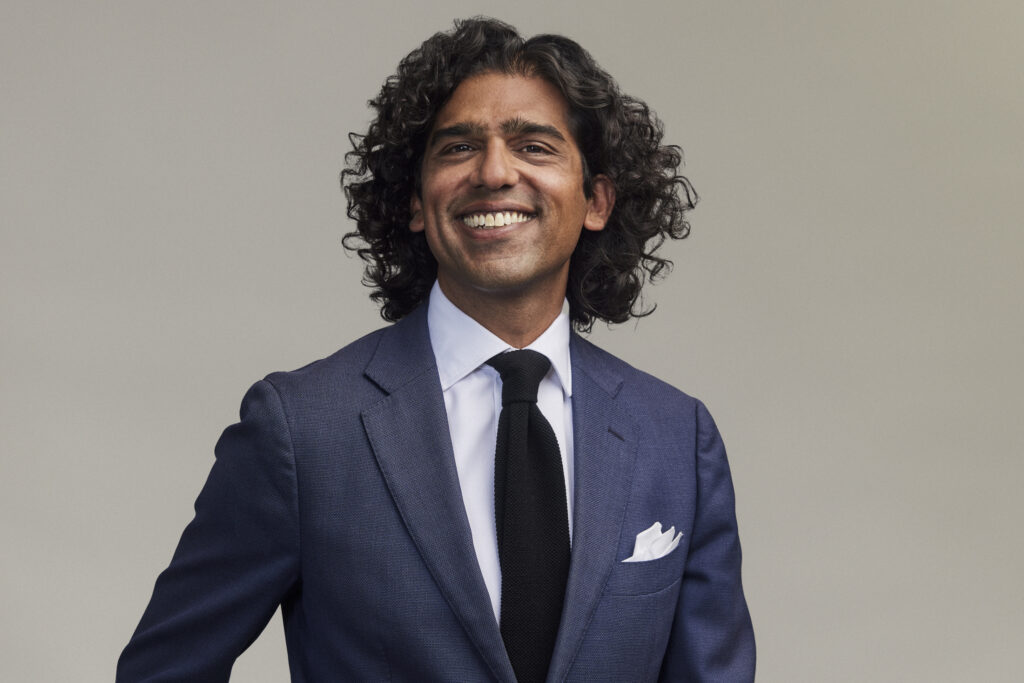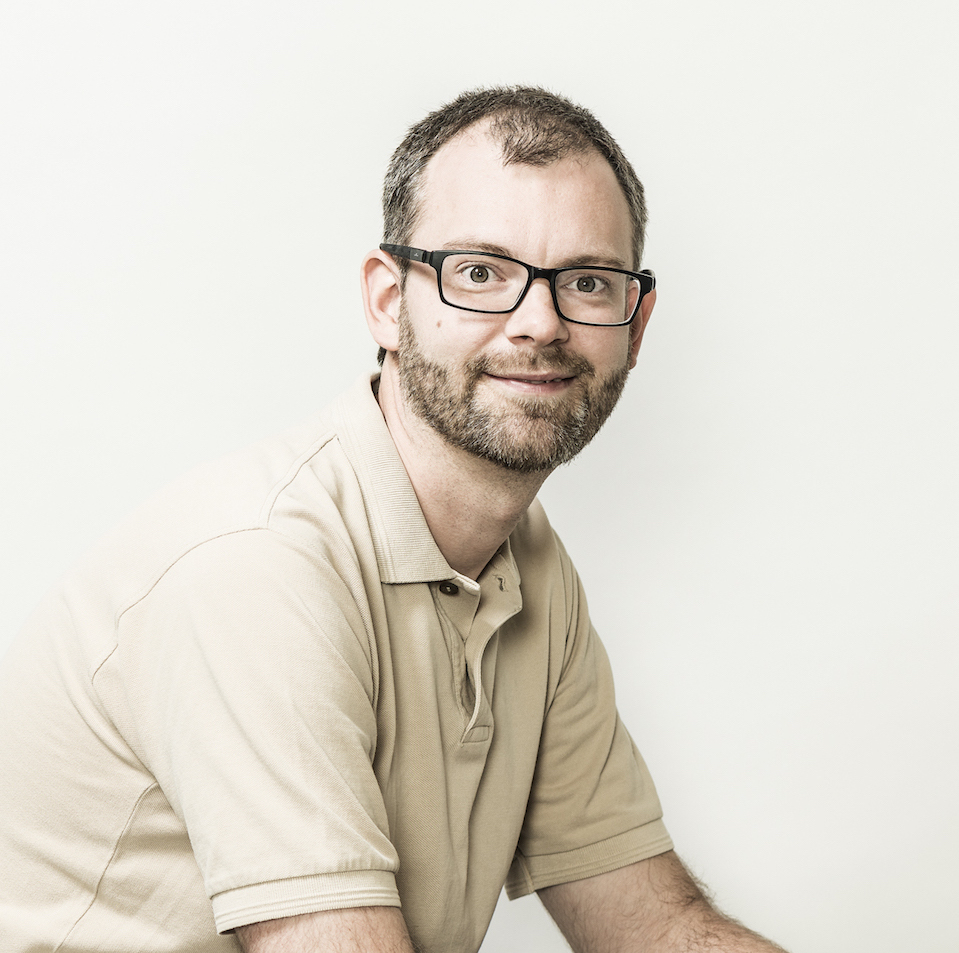Bringing STEM (science, technology, engineering and math) to Life, a program run by the k2i (kindergarten to industry) academy at York University’s Lassonde School of Engineering, allows students entering grades 11 and 12 to participate in a one-month paid summer research experience while earning an Ontario high-school course credit in physics or English. This year, 100 per cent of high-school students earned their credit with a cumulative course median over 91 per cent across all programs.
Bringing STEM to Life, a work-integrated learning program, was designed in collaboration with the Toronto District School Board, York Region District School Board and Peel District School Board, with a specific focus on providing opportunities for students from marginalized communities. Black and Indigenous youth, students from priority communities and girls, who are traditionally underrepresented in STEM, were invited to partake in the program, to help break down systemic barriers and create more equitable access to STEM education.
“Together with our valued school boards, teachers, undergraduate students, faculty members and Lassonde staff, we are united as a community in our collective efforts to address inequities in STEM career pathways and open up opportunities for high-school students,” says Jane Goodyer, dean of Lassonde.
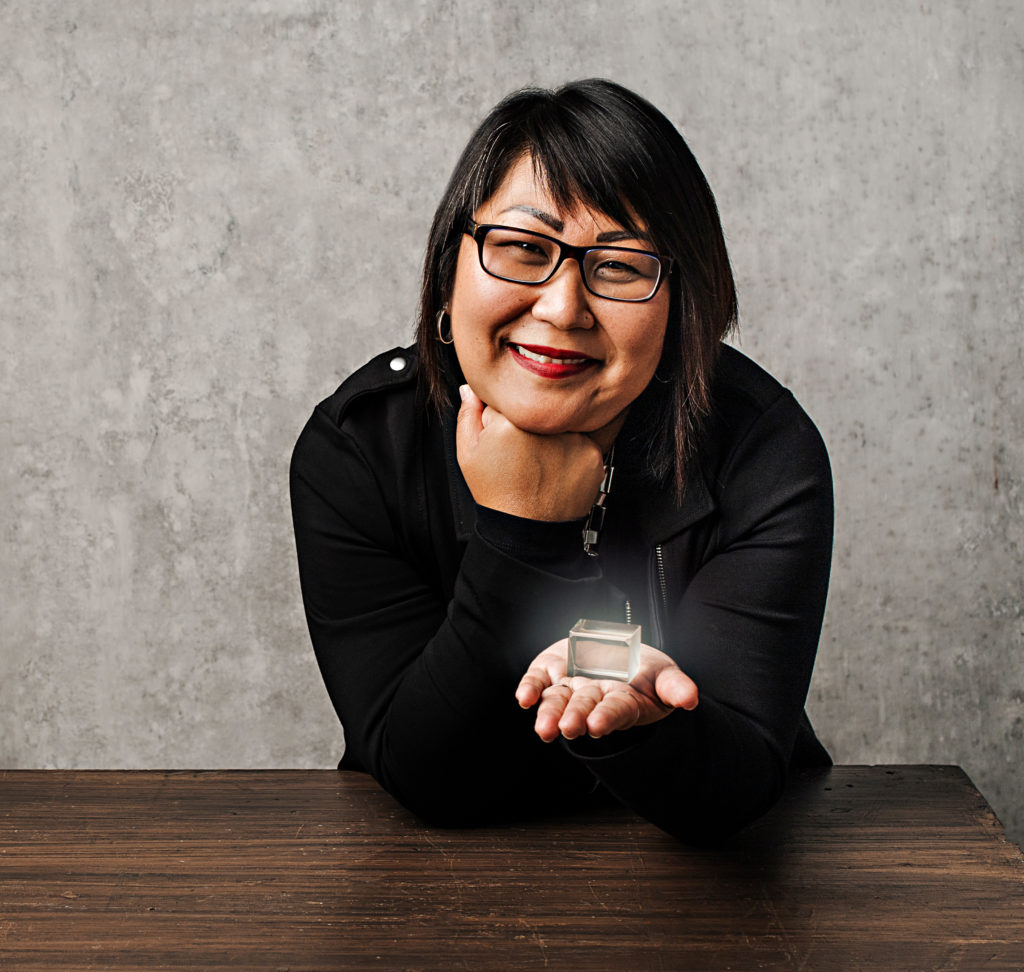
“By creating a program where students can gain valuable work experience while earning a high-school credit, especially a prerequisite credit to STEM pathways, we help level the playing field for those who may otherwise have been pushed out of post-secondary STEM pathways,” says Lisa Cole, director of programming for k2i academy.
Throughout the summer, students worked as high-school lab assistants together with a dedicated team of undergraduate STEM student mentors, k2i academy staff, Lassonde faculty advisors, as well as high-school physics and English teachers. Guided by the program’s focus on sustainable development, students explored diverse research topics such as robotics, to understand space, designing smart power grids for sustainable cities and engineering brain-like tissue for simulations and testing.
The program culminated in a symposium at the end of the summer, which provided an opportunity for young researchers to showcase their hard work and present their findings to a wider audience, discussing their research and its potential impact on society, the environment and various industries.
The event aims to not only celebrate the students’ accomplishments, but highlight the importance of collaborative efforts between educational institutions, government bodies and private organizations to advance STEM education and empower young minds to shape a sustainable and equitable future.
k2i academy’s partnership with the Ontario Ministry of Education has enabled this program to reach 400-plus high-school students with a team of 130-plus undergraduate STEM student mentors since June 2020.
“The Ministry of Education’s partnership with k2i academy has become one of the most consequential relationships that the ministry has,” says Patrick Case, assistant deputy minister of equity secretariat at the Ministry of Education. “This program is the face of change in STEM – breaking down barriers and opening doors that were previously closed for so many deserving but often overlooked young people. This is what change looks like.”






